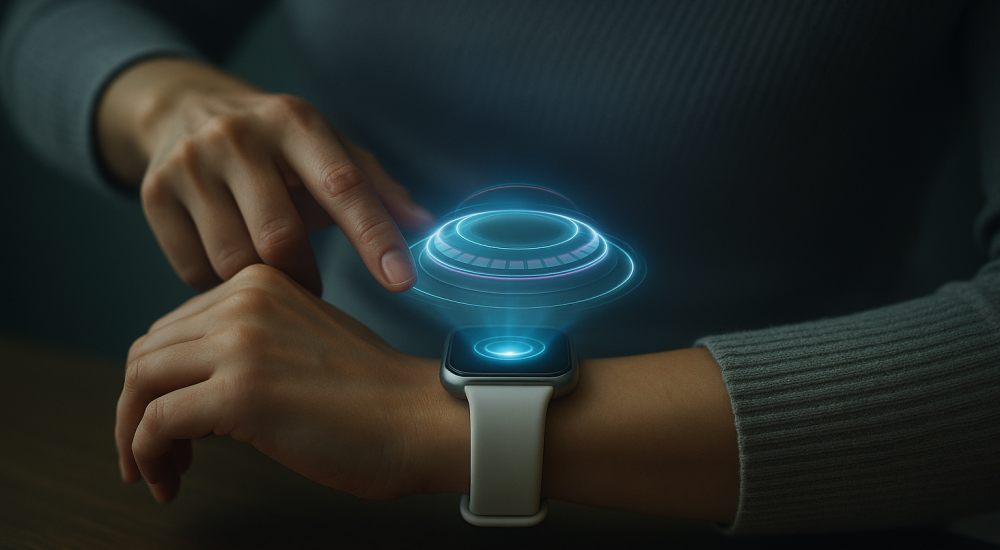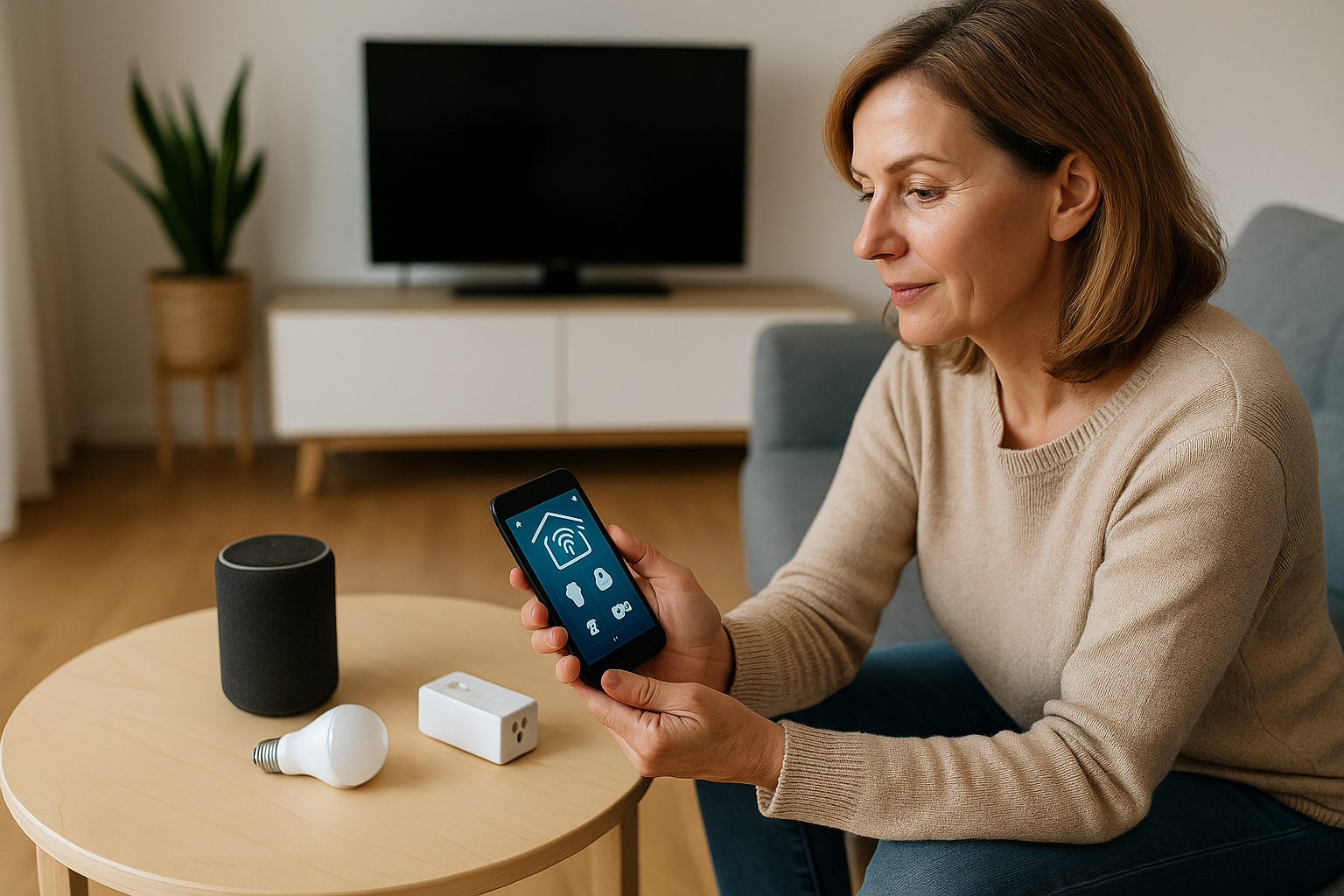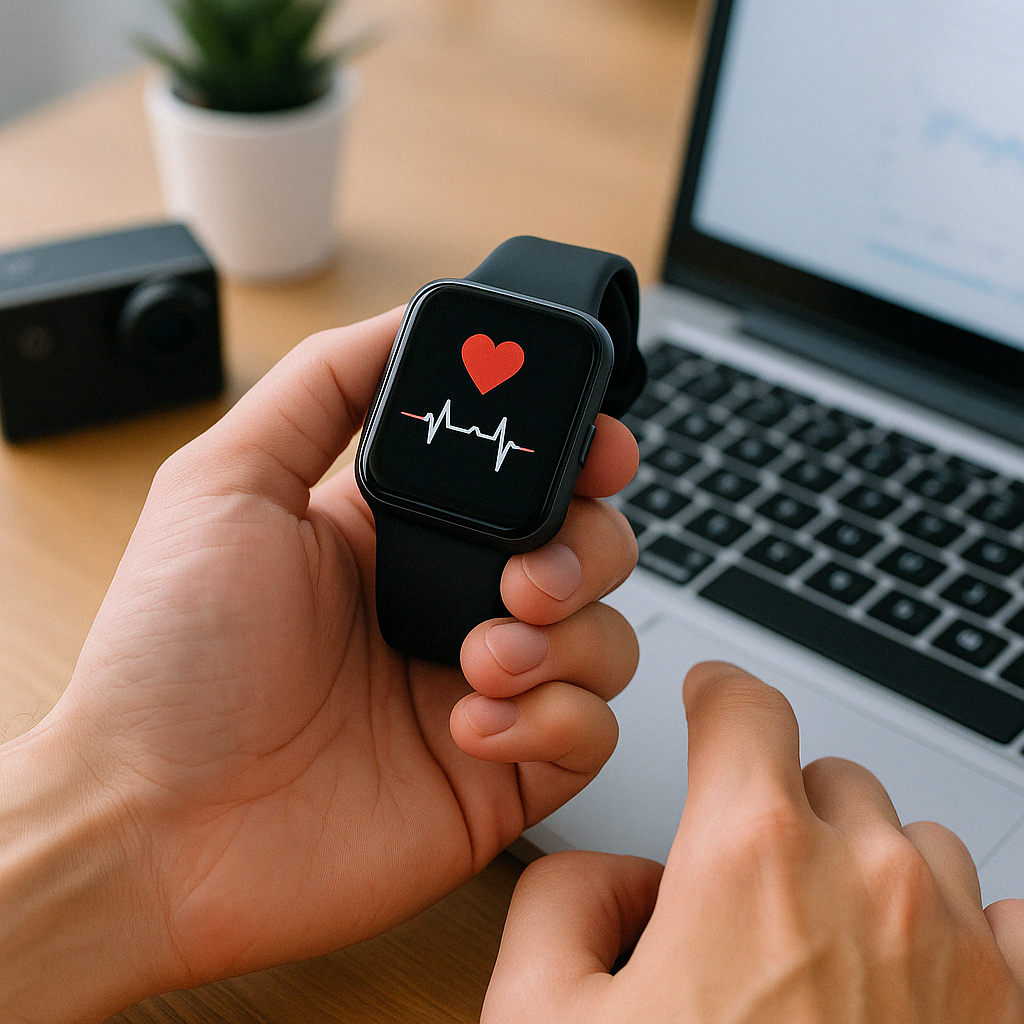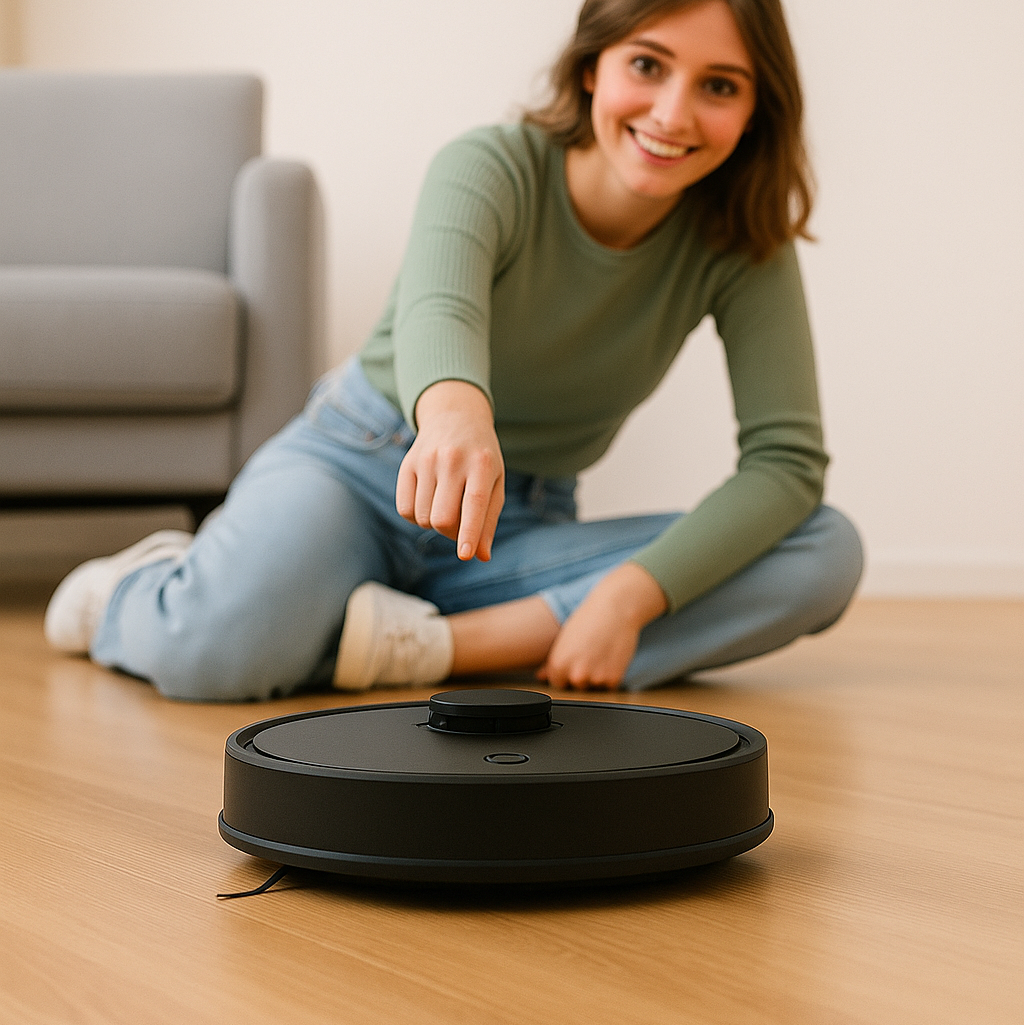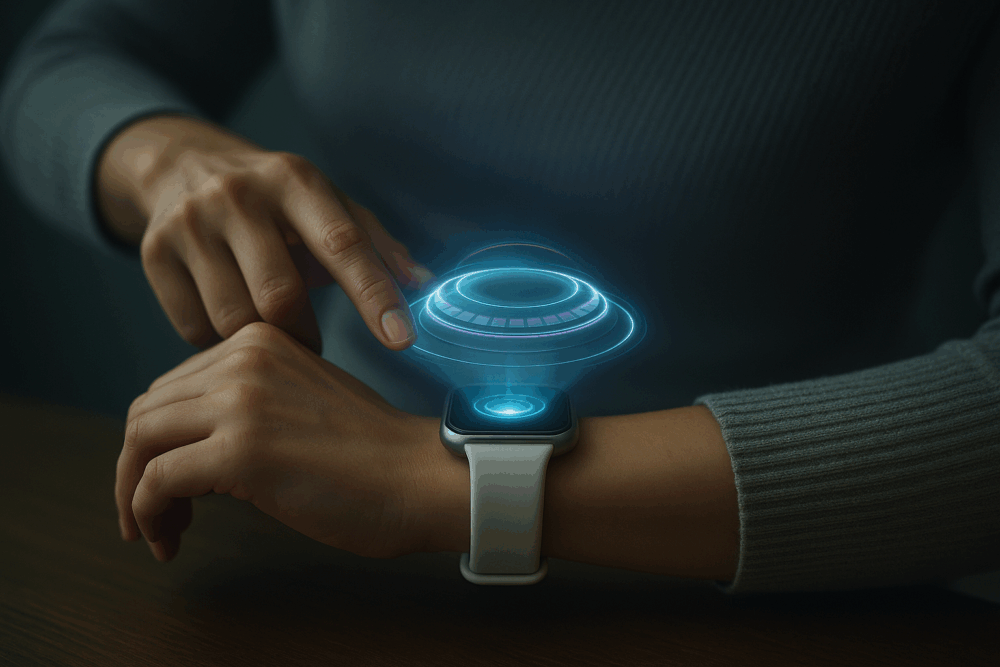
Wearable technology has evolved dramatically from its early, clunky designs into sleek, high-functioning accessories that blend seamlessly into our everyday lives. As innovation accelerates, the future of wearables is poised to reshape not only how we interact with technology but also how we express identity through fashion. This article explores the exciting convergence of fashion and functionality and how tomorrow’s wearable tech will empower a more connected, stylish, and conscious lifestyle.
A Stylish Revolution: Fashion-Forward Tech
In the early days, wearable tech prioritized function over form, often resulting in unattractive or impractical designs. Today, a new era is emerging where fashion and technology coexist. Designers and engineers are collaborating to create stylish, comfortable, and highly capable wearables—from smartwatches and trackers to rings, glasses, and garments.
The future will bring devices that are not only useful but aesthetically pleasing, enabling people to wear them with pride as part of their daily wardrobe. These innovations aim to blend naturally into our lives—both visually and functionally.
Smart Fabrics & Responsive Clothing
One of the most exciting frontiers in wearable tech is smart fabrics—materials embedded with sensors and microprocessors. These garments will respond to environmental cues and biometric signals, adjusting temperature, changing color, or even displaying data in real time.
From jackets that heat themselves on chilly mornings to fitness wear that adapts to workout intensity, the integration of fabric and technology will redefine both utility and self-expression in fashion.

Health & Wellness at Your Fingertips
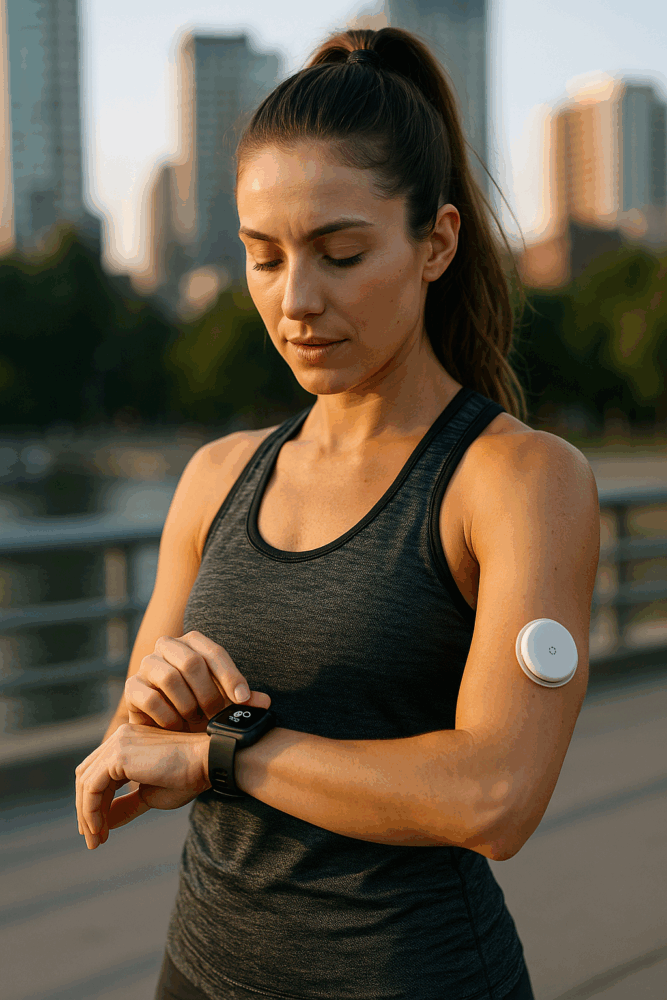
Wearables are already well-known for fitness tracking, but the next generation will go far beyond step counts and heart rate monitoring. Future devices will track hydration, glucose levels, posture, and even early signs of illness.
Discreet, stylish devices—such as smart jewelry or embedded sensors—will help users take a proactive role in their well-being. These tools will offer continuous, real-time health insights, making preventative healthcare more accessible and personalized than ever.
Augmented Reality (AR): Seamless Digital Overlays
AR glasses are set to become one of the most transformative wearable tech trends. These stylish spectacles will overlay digital information—maps, messages, contextual alerts—onto your physical environment, keeping your hands free and your focus intact.
As AR glasses become lighter and more fashion-forward, they’ll replace phones in many everyday interactions—providing directions, translating languages, and enhancing social and professional engagements on the go.
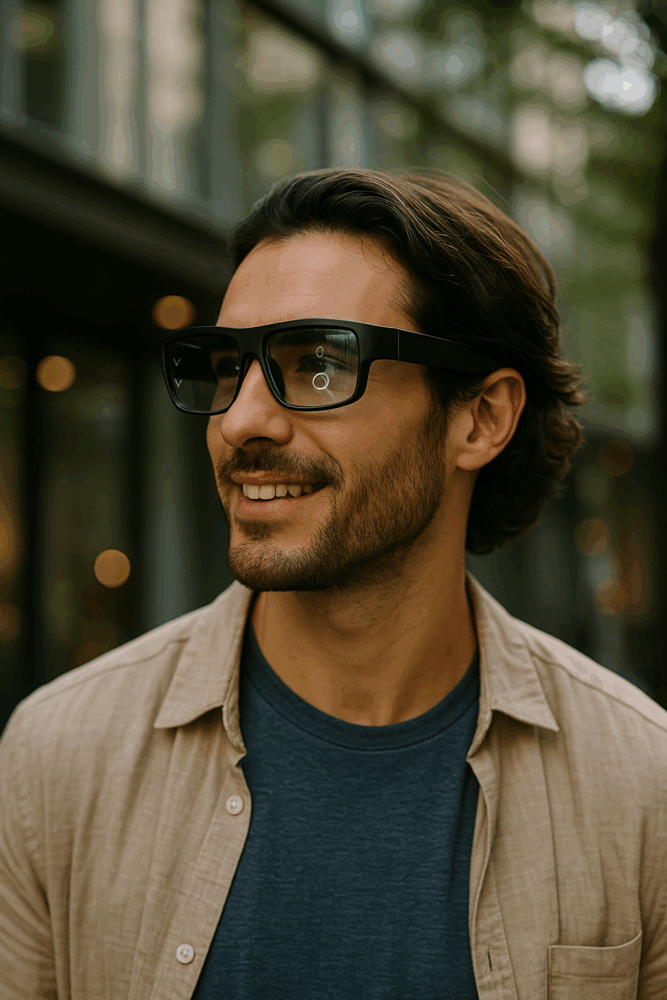
Smart Jewelry & Personal Accessories
Minimalist, elegant, and multifunctional, smart jewelry is emerging as the ultimate blend of tech and design. Smart rings can track sleep and heart rate, while earrings may deliver directional sound for calls or media.
These accessories won’t just monitor wellness—they’ll offer personalization, with interchangeable styles and colors, blending seamlessly into personal aesthetics while staying connected to the digital world.
Sustainability in Wearables
As the tech industry moves toward greener practices, the wearables space is no exception. Brands are now embracing eco-friendly materials, low-energy components, and sustainable manufacturing processes.
Future wearables will be built with longevity in mind, using recyclable materials and energy-efficient technologies. Solar-powered features and biodegradable designs will further minimize environmental impact, aligning fashion-tech with eco-conscious values.
IoT Connectivity: A Smarter Ecosystem
Wearables will soon function as central hubs in the Internet of Things (IoT), coordinating with smart homes, vehicles, and personal devices. Your smartwatch could dim your lights, preheat your oven, or lock your door—all while managing your notifications and health data.
The ability to unify various platforms through a single wearable device will elevate convenience, creating fluid and personalized experiences in all areas of life.
Security Through Biometric Intelligence
In an age where data privacy is paramount, wearable devices will incorporate advanced biometric authentication—such as heart rhythm, fingerprint, or facial recognition—to secure access to digital services.
These built-in security features will offer frictionless access while ensuring that sensitive information stays protected. Alerts for unauthorized activity will help users stay safe in an increasingly connected world.
Conclusion: The Fashion-Tech Renaissance
Wearable technology is no longer just about gadgets—it’s about lifestyle. As innovation fuses with design, the next wave of wearables will reflect who we are, support how we live, and protect what matters most.
From responsive clothing and AR glasses to sustainable design and seamless IoT integration, the future of wearable tech is personal, powerful, and beautifully human. It’s a movement that transcends fashion and functionality—ushering in a world where technology enhances not just our efficiency, but our identity.

